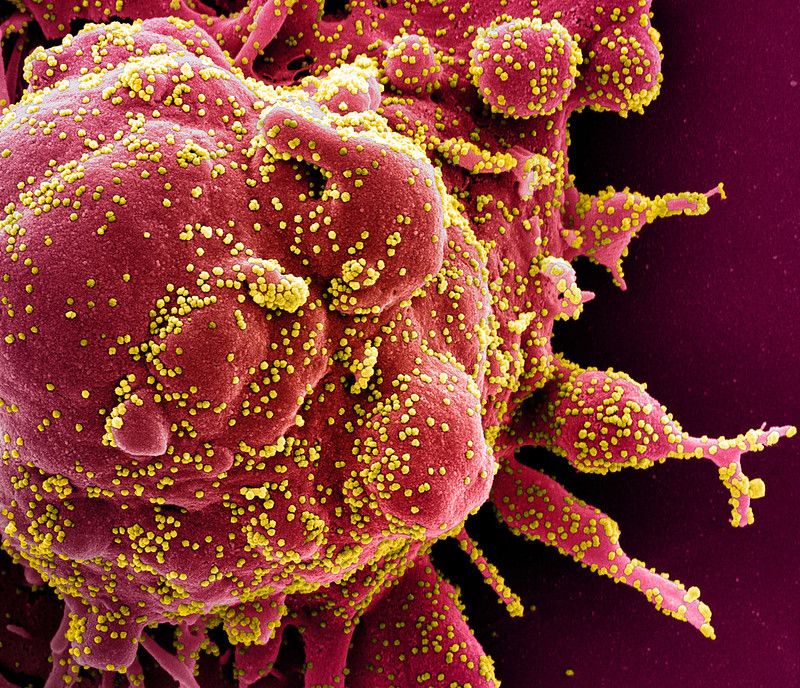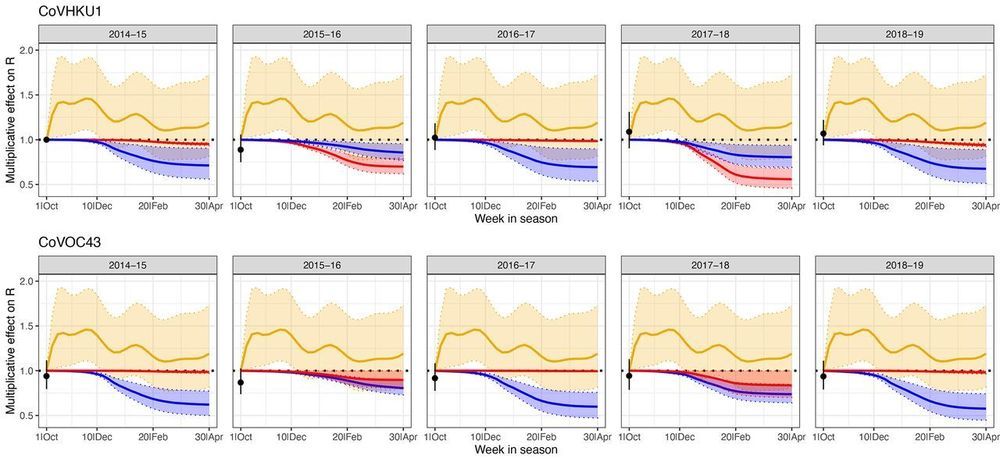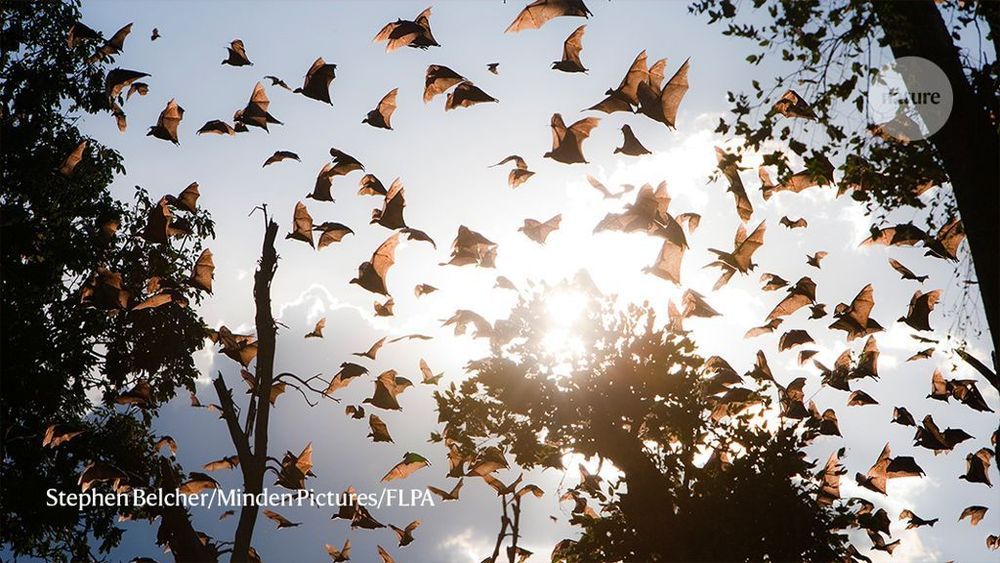Archive for the ‘biotech/medical’ category: Page 1727
Apr 15, 2020
Global Stock Losses Hit $6 Trillion As Virus Fear Spreads
Posted by Quinn Sena in category: biotech/medical
Global stocks have lost at least $6 trillion in market value since Jan. 20 when the coronavirus outbreak first started becoming a concern for investors. The decline accelerated this week as the spread of cases outside of China picked up pace, sparking a worldwide sell-off that led to six straight sessions of losses for stocks through Thursday. Infections in South Korea have skyrocketed to more than 2,000 from less than 100 a week ago, while new cases in Italy and Iran have also seen a sharp up-t.
Apr 15, 2020
Projecting the transmission dynamics of SARS-CoV-2 through the postpandemic period
Posted by Saúl Morales Rodriguéz in categories: biotech/medical, surveillance
It is urgent to understand the future of severe acute respiratory syndrome–coronavirus 2 (SARS-CoV-2) transmission. We used estimates of seasonality, immunity, and cross-immunity for betacoronaviruses OC43 and HKU1 from time series data from the USA to inform a model of SARS-CoV-2 transmission. We projected that recurrent wintertime outbreaks of SARS-CoV-2 will probably occur after the initial, most severe pandemic wave. Absent other interventions, a key metric for the success of social distancing is whether critical care capacities are exceeded. To avoid this, prolonged or intermittent social distancing may be necessary into 2022. Additional interventions, including expanded critical care capacity and an effective therapeutic, would improve the success of intermittent distancing and hasten the acquisition of herd immunity. Longitudinal serological studies are urgently needed to determine the extent and duration of immunity to SARS-CoV-2. Even in the event of apparent elimination, SARS-CoV-2 surveillance should be maintained since a resurgence in contagion could be possible as late as 2024.
The ongoing severe acute respiratory syndrome–coronavirus 2 (SARS-CoV-2) pandemic has caused nearly 500,000 detected cases of coronavirus disease 2019 (COVID-19) illness and claimed over 20,000 lives worldwide as of 26 Mar 2020. Experience from China, Italy, and the United States demonstrates that COVID-19 can overwhelm even the healthcare capacities of well-resourced nations (2–4). With no pharmaceutical treatments available, interventions have focused on contact tracing, quarantine, and social distancing. The required intensity, duration, and urgency of these responses will depend both on how the initial pandemic wave unfolds and on the subsequent transmission dynamics of SARS-CoV-2. During the initial pandemic wave, many countries have adopted social distancing measures, and some, like China, are gradually lifting them after achieving adequate control of transmission.
Apr 15, 2020
Why simply waiting for herd immunity to covid-19 isn’t an option
Posted by Saúl Morales Rodriguéz in categories: biotech/medical, government, policy
The widespread perception that it was once official British policy to let the novel coronavirus spread until the population reached herd immunity is false; the government was just overly optimistic about how easy flattening the curve would be. But the idea has gained so much traction in some circles, fueled by speculation that we might already be much closer to it than we think, that it’s worth understanding why it’s not a viable policy according to the evidence to date.
Apr 15, 2020
The Coronavirus Can’t Stop America’s Nukes
Posted by Saúl Morales Rodriguéz in categories: biotech/medical, business, military, nuclear weapons
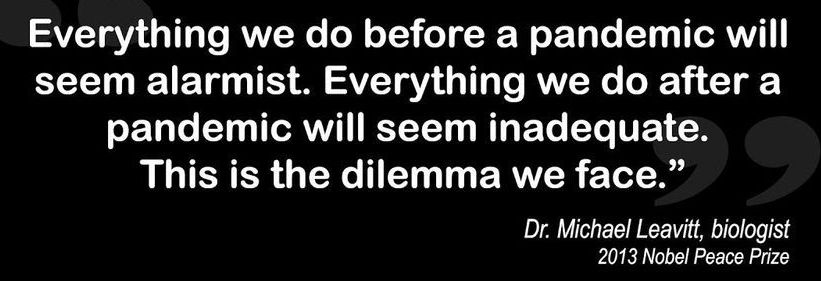
As the world fights against the COVID-19 pandemic, nuclear weapons have taken a backseat in most people’s minds. But for Global Strike Command (AFGSC)—the Air Force unit in control of two of the three legs of America’s nuclear triad—their mission remains top priority.
And it’s an unforgiving business. Nuclear deterrence requires extreme levels of readiness among pilots, maintenance crews, and security teams. Adversaries that don’t think the U.S. can respond with conventional bombing strikes or nukes could be emboldened to act aggressively.
Continue reading “The Coronavirus Can’t Stop America’s Nukes” »
Apr 15, 2020
First ‘significant’ coronavirus mutation discovered in preliminary study
Posted by Saúl Morales Rodriguéz in category: biotech/medical
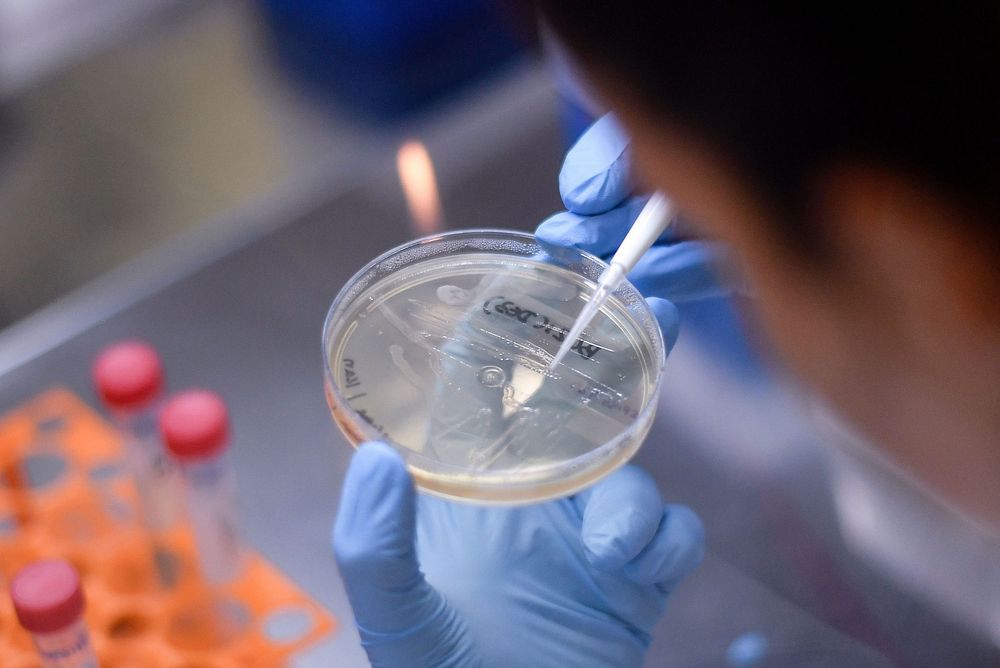
Experts explained to Newsweek why this doesn’t jeopardize efforts to create a vaccine to prevent COVID-19.
Apr 15, 2020
Mining profits shored up amid COVID-19 pandemic
Posted by Fyodor Rouge in category: biotech/medical
The mining industry is focused on continuing production through the COVID-19 pandemic, writes Margaret Gleeson, despite workers’ and local communities’ concerns.
Apr 15, 2020
Bats are a key source of human viruses — but they’re not special
Posted by Fyodor Rouge in categories: biotech/medical, surveillance
New Analysis on the possible origins of a virus in the animal population.
Statistical analyses suggest that surveillance efforts for the next pandemic look beyond the flying mammals.

This automatic shoe cover machine will play a role in some places during the coronavirus outbreak.
Apr 15, 2020
We can identify ‘bad’ genes. Why can’t we use CRISPR gene editing to get rid of them?
Posted by Lola Heavey in categories: bioengineering, biotech/medical, genetics
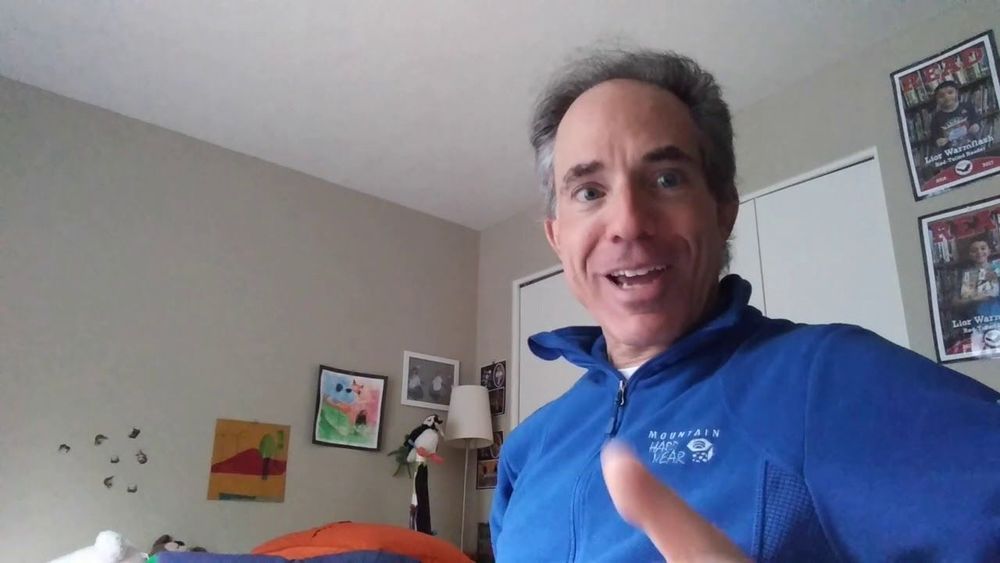
A desirable option would be to use CRISPR gene editing to essentially cut out the unwanted gene. There are, however, many challenges ahead.
If you want to remove an undesirable gene from a population, you have a couple theoretical options — one that most people might find unthinkable, and one that lies outside our current scientific abilities.
